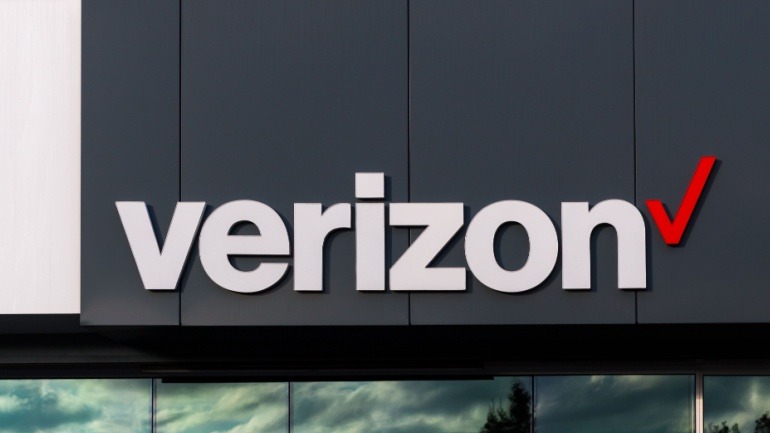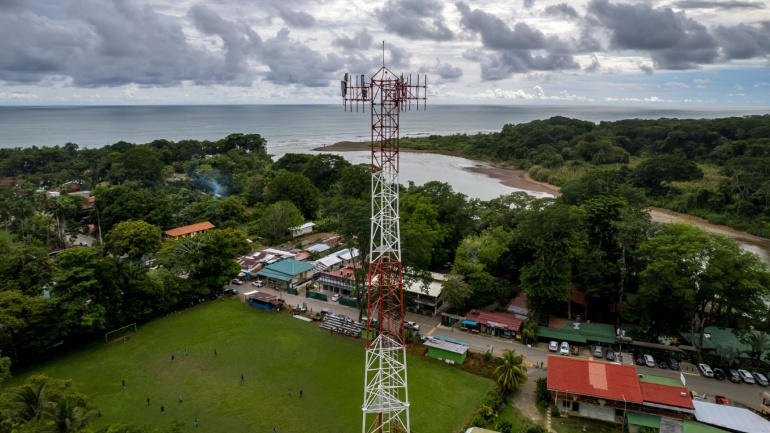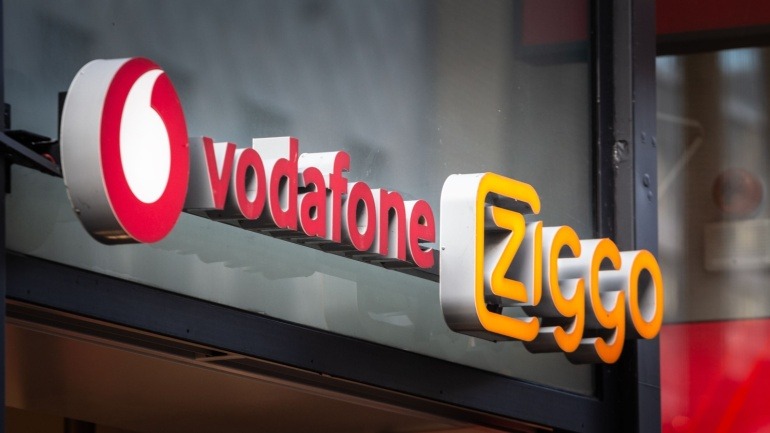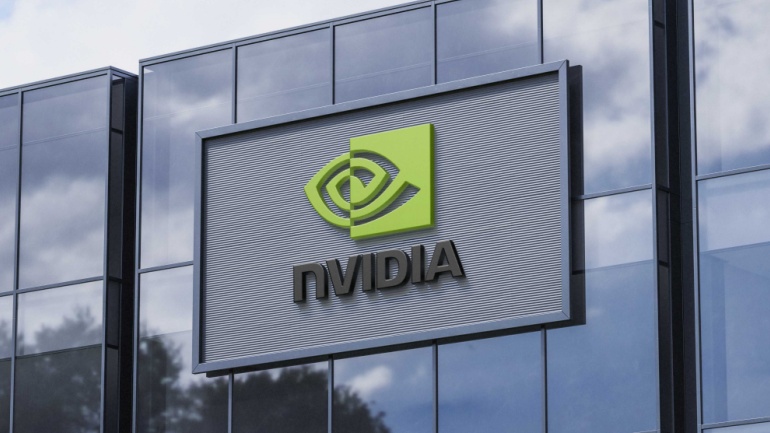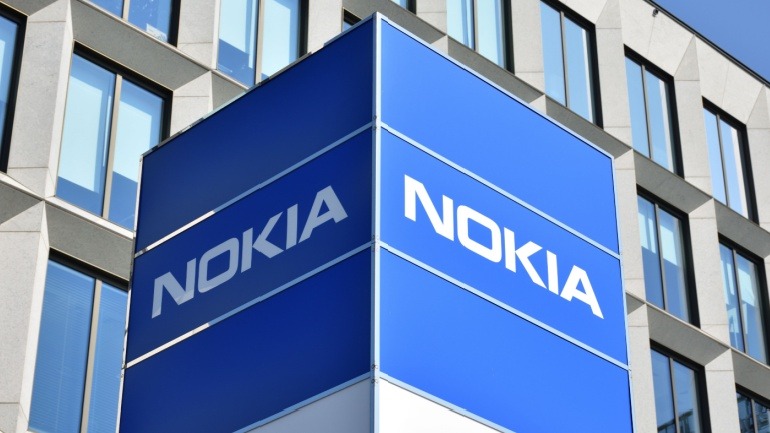Enhancing VoIP capabilities, Verizon and AWS are set to revolutionize long-haul fiber routes, addressing AI’s surging data needs. This strategic initiative focuses on constructing high-capacity fiber pathways crucial for generative-AI workloads. As AI’s data demands balloon, robust network infrastructure becomes indispensable, driving innovation and ensuring seamless VoIP communications.
Nokia and Latvian telecom operator LMT have joined forces to enhance Baltic defense communications using Nokia’s 5G technology. This strategic collaboration promises a high-capacity, secure system for defense operations, enabling real-time data exchange and secure interoperability. By leveraging 5G’s high-speed connectivity, this partnership aims to advance military capabilities and strengthen defense strategies.
In a surprising twist, EchoStar has reached a groundbreaking agreement with SpaceX to sell its AWS-3 spectrum licenses for $2.6 billion in stock. As SpaceX acquires these frequencies, the deal boosts its plans to offer direct-to-device services. This development aligns with EchoStar’s strategy to offload spectrum, creating potential VoIP opportunities by possibly enhancing SpaceX’s connectivity solutions in consumer and enterprise markets. Speculation is rampant regarding SpaceX leveraging this acquisition to expand into the cellular market, potentially positioning itself as a significant player. The integration of spectrum with satellite technology further intensifies competition and could revolutionize VoIP services.
Costa Rica is ambitiously moving towards nationwide 5G network establishment. ICE, the telecom leader, has completed its tender and is reviewing proposals. This billion-dollar project seeks to elevate Costa Rica’s digital connectivity. ICE’s tender received global bids from giants like Nokia and Huawei, reflecting international confidence in its vision.
Telefonica’s transformative strategy “Transform & Grow” emphasizes modernization, AI innovation, and customer experience enhancement across key markets. Aimed at becoming a leading European operator, the plan includes boosting efficiency and expanding in consumer and business sectors, with an eye on connectivity improvements and financial growth through optimized VoIP services integration.
VodafoneZiggo’s strategic shift towards digital growth, led by CEO Stephen van Rooyen, embodies a transformative vision in the competitive Dutch telecom market. Emphasizing customer experience and technological advancement, the plan addresses industry challenges and economic shifts. Success hinges on cutting-edge VOIP solutions, aligning with evolving consumer expectations and market dynamics.
DIDWW expands its global reach by extending its mobile number portability service to Mexico. Now, businesses can migrate their Mexican DID numbers to DIDWW with zero cost, enjoying comprehensive two-way VoIP services. This advancement offers robust communication solutions, enhancing connectivity and flexibility in the Latin American market.
DIDWW has unveiled an innovative service for UK businesses: mobile DID phone number porting. This advancement enhances flexibility and reliability by allowing seamless integration with DIDWW’s two-way SIP trunking. SIP trunking replaces traditional phone lines with internet calls, boosting cost-effectiveness and call quality. The process is streamlined through an intuitive online tool.
Cisco’s recent integration of AI with telecommunications introduces the N9100 series switch, incorporating NVIDIA Spectrum-X technology. This innovation signals a shift in AI-ready data centers, notably enhancing VOIP infrastructure. By leveraging flexible operating models, Cisco empowers enterprises and telecom providers to scale their AI networks efficiently, addressing emerging connectivity challenges.
Ericsson, Nokia, and Fraunhofer HHI are pioneering advances in video coding for the 6G era, focusing on enhancing media experiences and mobile video efficiency. Aimed at revolutionizing digital media, their new codec provides superior compression, energy efficiency, and scalability, setting the stage for high-efficiency streaming and immersive formats.



